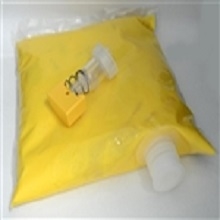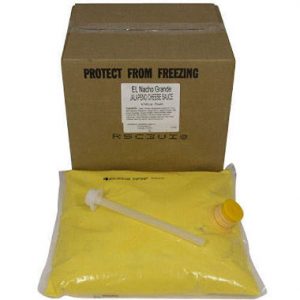The show begins with a discussion of Ben’s recent travels. From there the discussion moves on to obligatory talk about beverages, Canadian and Philadelphia accents, Apple, and other podcasts.  The food safety talk begins in earnest with the discussion about what is meant by the words ‘risk assessment’. From there the discussion turns to ‘food safety programs’, restaurant inspections and what customers might want to know, the humor of David Lloyd, and then back to meat safety and proper thermometer use. The show ends with The Onions humorous take on handwashing water temperature. The After Dark contains the usual nonsense including talk about music videos.
The food safety talk begins in earnest with the discussion about what is meant by the words ‘risk assessment’. From there the discussion turns to ‘food safety programs’, restaurant inspections and what customers might want to know, the humor of David Lloyd, and then back to meat safety and proper thermometer use. The show ends with The Onions humorous take on handwashing water temperature. The After Dark contains the usual nonsense including talk about music videos.
Episode 128 can be found here and on iTunes.
Show notes so you can follow along at home:
- Caldera – Wikipedia
- Yellowstone Supervolcano Hit by a Swarm of More Than 400 Earthquakes in One Week
- Definition of Dingus by Merriam-Webster
- Foley (filmmaking) – Wikipedia)
- pamplemousse – Wiktionary
- LaCroix Flavors of Sparkling Water, Ranked From Worst to Best – Thrillist
- HBO: The Wire: Homepage
- Apple is going to let podcast creators — and advertisers — see what listeners actually like – Recode
- Merch Save America – Crooked Media
- Risk Assessment of Human Listeriosis
- Meat processed overseas, branded Australian faces ban in proposal by Federal crossbenchers
- Designing a national restaurant inspection disclosure system for New Zealand. – PubMed – NCBI
- Professional Food Manager Practice Quiz – ProProfs Quiz
- About Us David Lloyd
- Lebanese Raw Kibbe Recipe – Kibbeh Nayyeh
- ‘Cannibal sandwiches’ sicken Wisconsin residents – NBC News
- Meat and Poultry Dialogue – Meridian Institute
- Summer Grilling Graphics – Fight Bac!
- 160°F Is Good
- Study: Hot Water Not Better For Washing Hands – The Onion – America’s Finest News Source
- The Onion – handwashing post
- Van Halen – Panama (Music Video) – YouTube
- Taylor Swift – Shake It Off – 1989 African Hipster Version ft. Alex Boye Changing Lanes – YouTube










